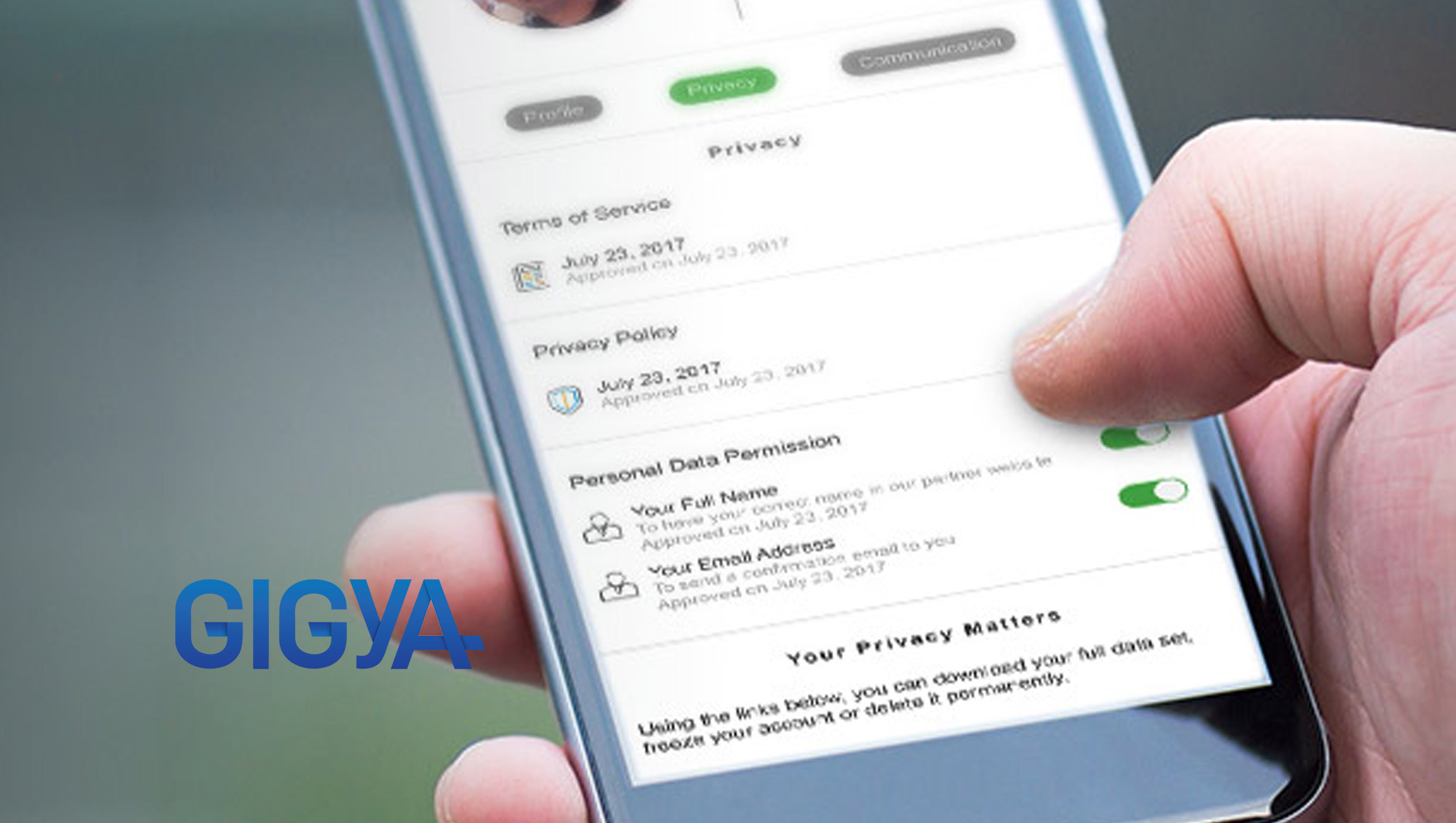We’ve all done it before: we’ve given away our e-mail address. Perhaps we discovered a new website or met someone at an event. Ultimately our e-mail ends up in the hands of a stranger, and to our dismay, this stranger does not really know what to do with it. With no apparent rhyme or reason, an onslaught of e-mails begins.
As bad as it is to be on the receiving end of a poorly executed customer communications strategy, it’s even worse to be the one executing that strategy. Those who get it wrong not only elicit groans from customers every time their name appears in the recipient’s inbox, they never actually get their message across. How do service providers prevent this from happening? How do they stay in touch with customers without coming on too strong?
The answer is personalization. By personalizing communications for each customer, service providers can give clients what they need, when and how they need it; ensuring their spot in customers’ inboxes stays warm.
Personalize offerings based on data
When service providers make personal connections, people pay attention. When they don’t, it’s a waste of everyone’s time. Because today’s customers move at a million miles per minute, those valuable few seconds after a customer clicks on an e-mail or opens a text are opportunities that must be seized.
When companies personalize communications based on data and data analytics, they can deliver value directly to each individual customer, building trust and improving the relationship. Sending customer-specific insights and offers based on actual data gets customers to pay attention. How messages are personalized varies by industry, but the common thread is that personalized communications shows customers that service providers are paying attention and value their needs, which ultimately increases loyalty and engagement.
Personalize messaging for the recipient of the e-mail
By segmenting customers, companies can gain a greater understanding of who they are talking to and can tailor the communication accordingly. Two different ways to do this are to segment customer personas and customer types. Here’s how they might work:
- Customer persona: A salesperson for solar technology is marketing to building engineers, CFOs and property managers. By tailoring messaging for these customer personas, the salesperson can focus on what’s pertinent to each of them (i.e., budget, operations, carbon footprint, etc.)
- Customer type: A business owner segments customers based on what kind of business they are in and their attitude towards the product and company. By making this identification, the business owner reaches customers with the right message about the right offers at the right time.
Communicate based on preferred channel and cadence
For companies wondering when and how to contact customers, the best method is to simply ask. With a myriad of options available to them, putting the power of communication cadence in customers’ hands is crucial and appreciated. It shows respect for customers’ time and personal preferences, and opens up a two-way conversation. There are many different ways service providers can do this. Some examples include shooting an e-mail at the start of a project that links to a customer preferences page, or sending a text to confirm a sale, which also provides an opportunity to sign up for communications.
It’s important to remember to always give customers the opportunity to change their preferences. If it’s hard to edit preferences, companies run the risk of being a source of frustration, and even becoming an automatic delete.
Track results and make adjustments
Once service providers implement a personalized communications strategy, they should track the results. It is the best way for companies to figure out what works and what does not. For e-mail, tracking results is straightforward and standard e-mail marketing tools make it easy. Open rates and click-throughs are great indicators of how people engage with e-mails. Well executed campaigns can also show bumps in web traffic and sales.
If it’s unclear what messaging will resonate with different customer types or personas, companies can try A/B testing and experimenting with messaging based on pre-determined customer segments. Move forward with what works and always make continuous improvements to grow with the audience.
By personalizing communications with customers, service providers share valuable information that is relevant to them how and when they want it. In doing so, companies won’t need to worry about bugging their customers; they will be eager to hear from service providers that keep them informed and help them meet their goals.











